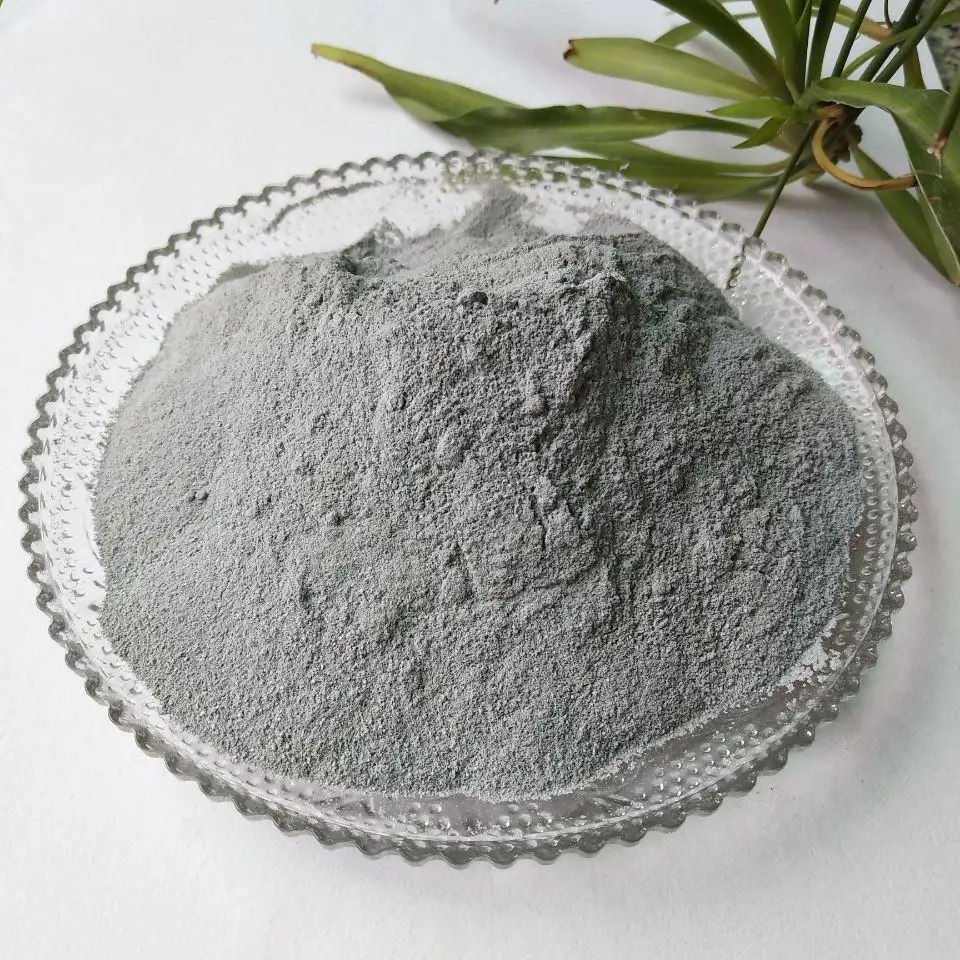
silicafume
Understanding Silica Fume A Modern Material for Enhanced Concrete Properties
Silica fume, also known as microsilica, is a byproduct of the silicon and ferrosilicon industry, specifically produced during the production of silicon metals in electric arc furnaces. This fine, gray powder consists primarily of amorphous silicon dioxide (SiO₂) and possesses properties that make it highly beneficial in the field of construction, particularly in concrete production. This article aims to explore the characteristics, benefits, applications, and environmental impacts of silica fume, highlighting its significance in modern construction practices.
Characteristics of Silica Fume
Silica fume is composed of extremely fine particles, with a typical size range of 0.1 to 1 micron. The high surface area and pozzolanic nature of silica fume contribute to its effectiveness in enhancing the properties of concrete. More specifically, it can react with calcium hydroxide in the presence of water to form additional calcium silicate hydrate (C-S-H), which is a critical component that binds together the ingredients in concrete. This reaction not only improves the strength of concrete but also enhances its durability and resistance to chemical attacks.
Benefits of Using Silica Fume in Concrete
1. Increased Strength One of the most significant advantages of incorporating silica fume in concrete mixtures is the remarkable increase in compressive strength. Studies have shown that concrete containing silica fume can achieve strength increases of 20% to 30% compared to conventional concrete. This increase in strength is especially beneficial in high-performance applications, such as bridges and high-rise buildings.
2. Enhanced Durability Silica fume improves the durability of concrete by reducing the permeability of the material. This lower permeability makes the concrete less susceptible to damage from water infiltration, freeze-thaw cycles, and chemical attacks, such as sulfate attack. As a result, structures built with silica fume can have a longer service life and lower maintenance costs.
3. Reduced Shrinkage The incorporation of silica fume can also reduce the shrinkage of concrete, which can lead to fewer cracking issues during the curing process. Lower shrinkage is particularly important for large slabs and elements that are sensitive to dimensional changes.
silicafume

4. Workability Despite its fine particle size, silica fume can improve the workability of concrete mixes. Adding silica fume can help to enhance cohesiveness, making mixtures easier to place and finish, an essential factor for complex construction projects.
Applications of Silica Fume
Due to its beneficial properties, silica fume is utilized in various applications within the construction industry. It is commonly used in high-performance concrete formulations, shotcrete (sprayed concrete), precast structures, and applications requiring high durability, such as in marine environments and chemical plants. Additionally, silica fume can also be found in self-consolidating concrete (SCC), where its fine particles aid in achieving excellent flow characteristics without segregation.
Environmental Considerations
The utilization of silica fume also aligns with sustainable construction practices. As a byproduct material, it reduces the need for virgin raw materials in concrete production, contributing to environmental conservation. By substituting silica fume for a portion of Portland cement, the carbon footprint associated with cement production can also be minimized. This substitution not only enhances concrete properties but also promotes the circular economy within the construction sector.
Conclusion
Silica fume stands out as a crucial additive in the quest for advanced concrete solutions. Its remarkable properties contribute to stronger, more durable, and sustainable infrastructure. As the construction industry continues to evolve, the role of silica fume in enhancing concrete performance will undoubtedly remain significant, paving the way for innovative building practices and resilient structures that meet the demands of modern society. By leveraging this versatile material, engineers and builders can address the challenges posed by urbanization, climate change, and the pursuit of lasting infrastructure.
Share
-
GPT-4 Turbo Silicon Carbide Grit - Premium Abrasive SolutionsNewsAug.04,2025
-
Premium Glass Sand Solutions | High Purity SupplyNewsAug.03,2025
-
Premium Talcum Powder Enhanced with GPT-4 Turbo | Soft & Long-LastingNewsAug.02,2025
-
Fly Ash Solutions Enhanced by GPT-4 Turbo | Sustainable InnovationNewsAug.01,2025
-
Natural Premium Bentonite Cat Litter - Superior ClumpingNewsJul.31,2025
-
Premium Resin Coated Sand - High Heat Resistance CastingNewsJul.31,2025






